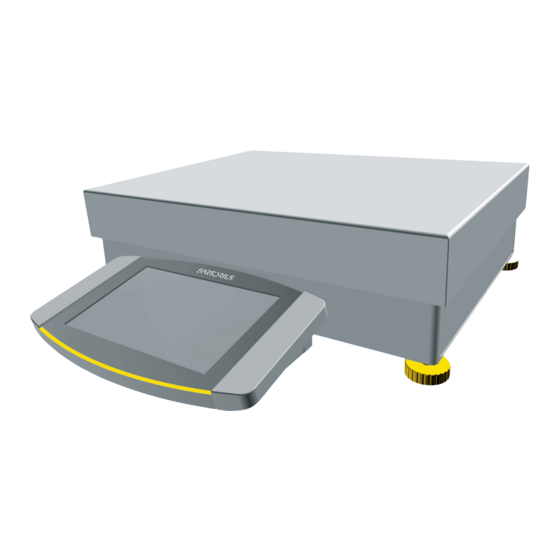
Sartorius Cubis MCA Series Operating Instructions Manual
High-capacity precision balances
Hide thumbs
Also See for Cubis MCA Series:
- Operating instructions manual (126 pages) ,
- Operating instructions manual (92 pages) ,
- Operating instructions manual (94 pages)















Need help?
Do you have a question about the Cubis MCA Series and is the answer not in the manual?
Questions and answers